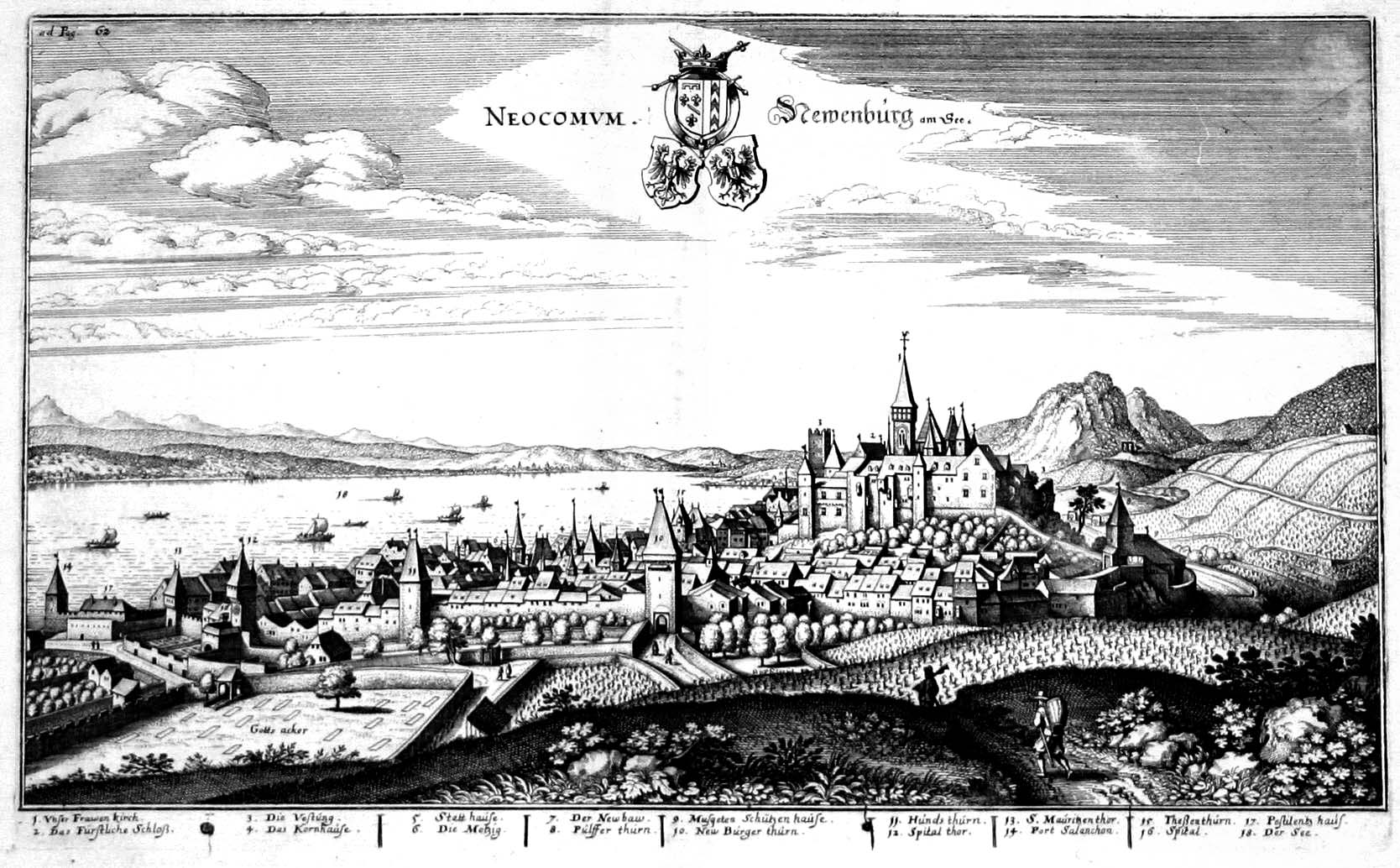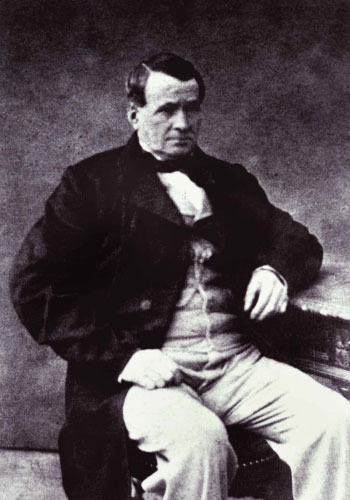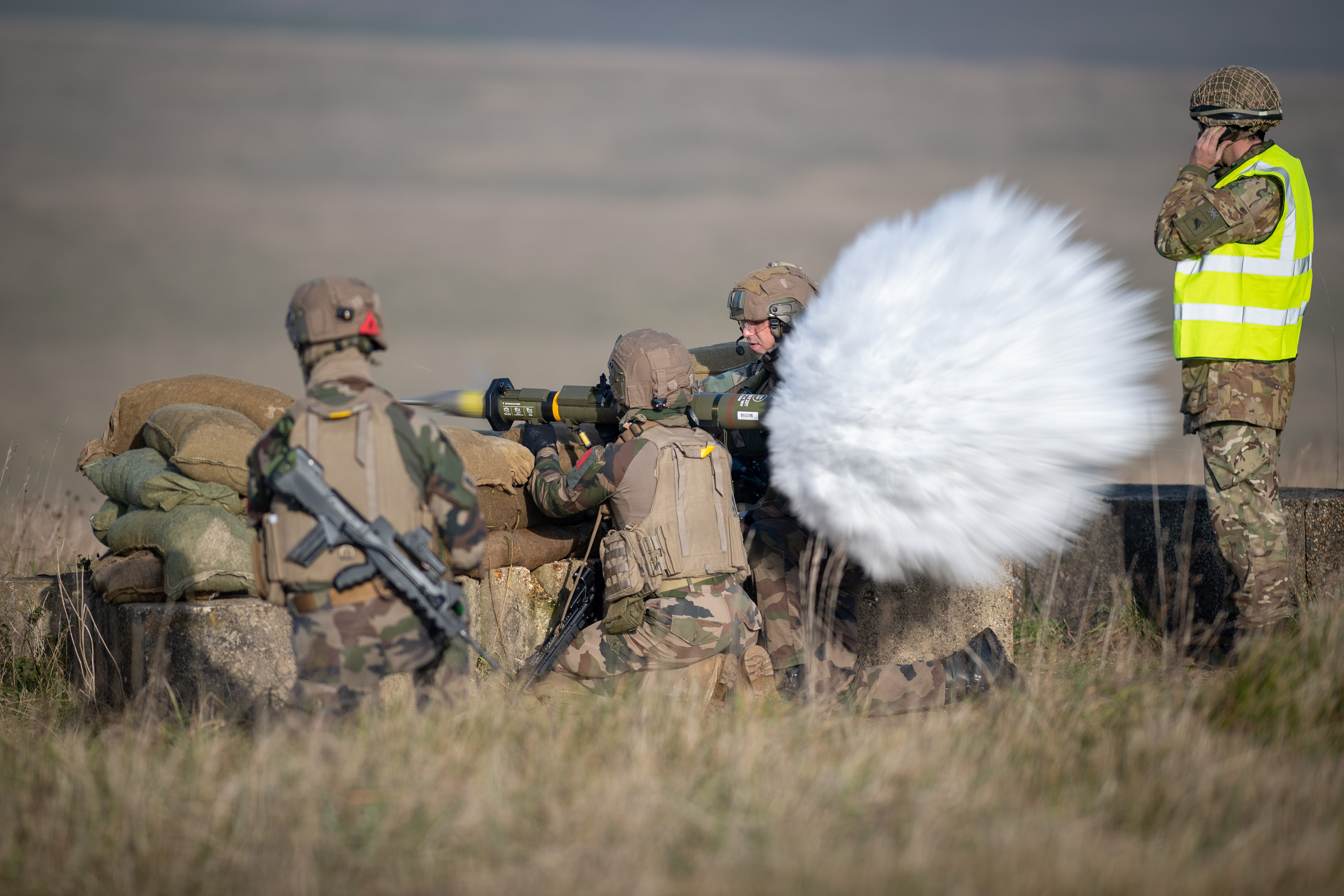|
Universal Genève
Universal Genève SA is a Swiss luxury watch company, founded in 1894 as Universal Watch. Since its beginnings, the company has produced complete watches with in-house movements, and throughout the 20th century, distributed many notable and important timepieces. Along with neighboring Geneva companies Audemars Piguet, Girard-Perregaux, Patek Philippe and Rolex, Universal is internationally regarded for its style of craftsmanship and ''manufacture''. In addition, the brand also makes historical claim for creating the first-ever chronographic wristwatch in 1917. History 1894–1930s: Beginnings Started and briefly based in Le Locle, co-founder Ulysse Perret would relocate Universal to Geneva in 1919, solidifying the company's status as a ''Genève'' brand. During the company's tenure in much smaller Le Locle (Neuchâtel region), Perret had conceptualized the company as ''Universal Watch'' in 1894 with classmate Numa-Emile Descombes, both of whom were horology students at the time. ... [...More Info...] [...Related Items...] OR: [Wikipedia] [Google] [Baidu] |
Universal
Universal is the adjective for universe. Universal may also refer to: Companies * NBCUniversal, a media and entertainment company ** Universal Animation Studios, an American Animation studio, and a subsidiary of NBCUniversal ** Universal TV, a television channel owned by NBCUniversal ** Universal Kids, an American current television channel, formerly known as Sprout, owned by NBCUniversal ** Universal Pictures, an American film studio, and a subsidiary of NBCUniversal ** Universal Television, a television division owned by NBCUniversal Content Studios ** Universal Parks & Resorts, the theme park unit of NBCUniversal * Universal Airlines (other) * Universal Avionics, a manufacturer of flight control components * Universal Corporation, an American tobacco company * Universal Display Corporation, a manufacturer of displays * Universal Edition, a classical music publishing firm, founded in Vienna in 1901 * Universal Entertainment Corporation, a Japanese software producer and ... [...More Info...] [...Related Items...] OR: [Wikipedia] [Google] [Baidu] |
Neuchâtel (canton)
, neighboring_municipalities= Auvernier, Boudry, Chabrey (VD), Colombier, Cressier, Cudrefin (VD), Delley-Portalban (FR), Enges, Fenin-Vilars-Saules, Hauterive, Saint-Blaise, Savagnier , twintowns = Aarau (Switzerland), Besançon (France), Sansepolcro (Italy) Neuchâtel (, , ; german: Neuenburg) is the capital of the Swiss canton of Neuchâtel, situated on the shoreline of Lake Neuchâtel. Since the fusion in 2021 of the municipalities of Neuchâtel, Corcelles-Cormondrèche, Peseux, and Valangin, the city has approximately 45,000 inhabitants (80,000 in the metropolitan area). The city is sometimes referred to historically by the German name ; both the French and German names mean "New Castle". It was originally part of the Kingdom of Burgundy, then part of the Holy Roman Empire and later under Prussian control from 1707 until 1848, with an interruption during the Napoleonic Wars from 1802 to 1814. In 1848, Neuchâtel became a republic and a canton of Switzerland. Neuch� ... [...More Info...] [...Related Items...] OR: [Wikipedia] [Google] [Baidu] |
Hermès
Hermès International S.A., or simply Hermès ( , ), is a French luxury design house established in 1837. It specializes in leather goods, lifestyle accessories, home furnishings, perfumery, jewelry, watches and ready-to-wear. Its logo, since the 1950s, is of a Duke carriage with horse. History Beginnings in the 19th century Thierry Hermès was born in Krefeld, Germany, to a French father and a German mother. The family moved to France in 1828. In 1837, Hermès first established a harness workshop in the Grands Boulevards quarter of Paris, dedicated to serving European noblemen. He created high-quality wrought harnesses and bridles for the carriage trade, winning several awards including the first prize in its class in 1855 and again in 1867 at the Expositions Universelles in Paris. Hermès's son, Charles-Émile, took over management from his father in 1880 and moved the shop to ''24 rue du Faubourg Saint-Honoré'', where it remains. With the help of his sons Adolphe and ... [...More Info...] [...Related Items...] OR: [Wikipedia] [Google] [Baidu] |
High Fashion
''Haute couture'' (; ; French for 'high sewing', 'high dressmaking') is the creation of exclusive custom-fitted high-end fashion design that is constructed by hand from start-to-finish. Beginning in the mid-nineteenth century, Paris became the centre of a growing industry that focused on making outfits from high-quality, expensive, often unusual fabric and sewn with extreme attention to detail and finished by the most experienced and capable of sewers—often using time-consuming, hand-executed techniques. ''Couture'' translates literally from French as "dressmaking", sewing, or needlework and is also used as a common abbreviation of ''haute couture'' and can often refer to the same thing in spirit. ''Haute'' translates literally to "high". An haute couture garment is always made for an individual client, tailored specifically for the wearer's measurements and body stance. Considering the amount of time, money, and skill allotted to each completed piece, haute couture garment ... [...More Info...] [...Related Items...] OR: [Wikipedia] [Google] [Baidu] |
Combat Operation
Combat ( French for ''fight'') is a purposeful violent conflict meant to physically harm or kill the opposition. Combat may be armed (using weapons) or unarmed ( not using weapons). Combat is sometimes resorted to as a method of self-defense, or can be used as a tool to impose one's will on others. An instance of combat can be a stand-alone confrontation or a small part of a much larger violent conflict. Instances of combat may also be benign and recreational, as in the cases of combat sports and mock combat. Combat may comply with, or be in violation of local or international laws regarding conflict. Examples of rules include the Geneva Conventions (covering the treatment of people in war), medieval chivalry, the Marquess of Queensberry rules (covering boxing) and several forms of combat sports. Hand-to-hand combat Hand-to-hand combat (melee) is combat at very close range, attacking the opponent with the body ( striking, kicking, strangling, etc.) and/or with a melee ... [...More Info...] [...Related Items...] OR: [Wikipedia] [Google] [Baidu] |
Military Training
Military education and training is a process which intends to establish and improve the capabilities of military personnel in their respective roles. Military training may be voluntary or compulsory duty. It begins with recruit training, proceeds to education and training specific to military roles, and sometimes includes additional training during a military career. Directing staff are the military personnel who comprise the instructional staff at a military training institution. In some countries, military education and training are parts of the compulsory education. The organizers believe that military education can bring some benefits and experiences that cannot be obtained from normal class like setback education. Moreover, participants are able to learn more survival skills during the military education, like co-operations and resilience, which will help participants improve the capabilities of military personnel in their respective roles. Recruit training The primar ... [...More Info...] [...Related Items...] OR: [Wikipedia] [Google] [Baidu] |
Stopwatch
A stopwatch is a timepiece designed to measure the amount of time that elapses between its activation and deactivation. A large digital version of a stopwatch designed for viewing at a distance, as in a sports stadium, is called a stop clock. In manual timing, the clock is started and stopped by a person pressing a button. In fully automatic time, both starting and stopping are triggered automatically, by sensors. The timing functions are traditionally controlled by two buttons on the case. Pressing the top button starts the timer running, and pressing the button a second time stops it, leaving the elapsed time displayed. A press of the second button then resets the stopwatch to zero. The second button is also used to record ''split times'' or ''lap times''. When the split time button is pressed while the watch is running it allows the elapsed time to that point to be read, but the watch mechanism continues running to record total elapsed time. Pressing the split button a s ... [...More Info...] [...Related Items...] OR: [Wikipedia] [Google] [Baidu] |
Jewel Bearing
A jewel bearing is a plain bearing in which a metal spindle turns in a jewel-lined pivot hole. The hole is typically shaped like a torus and is slightly larger than the shaft diameter. The jewels are typically made from the mineral corundum, usually either synthetic sapphire or synthetic ruby. Jewel bearings are used in precision instruments where low friction, long life, and dimensional accuracy are important. Their largest use is in mechanical watches. History Jewel bearings were invented in 1704 for use in watches by Nicolas Fatio de Duillier, Peter Debaufre, and Jacob Debaufre, who received an English patent for the idea. Originally natural jewels were used, such as diamond, sapphire, ruby, and garnet. In 1902, Verneuil process, a process to make synthetic sapphire and ruby (crystalline aluminium oxide, also known as corundum) was invented by Auguste Verneuil, making jewelled bearings much cheaper. Today most jewelled bearings are synthetic ruby or sapphire. Historica ... [...More Info...] [...Related Items...] OR: [Wikipedia] [Google] [Baidu] |
Trench Watch
The trench watch (wristlet) was a type of watch that came into use by the military during World War I, as pocket watches were not practical in combat. It was a transitional design between pocket watches and wristwatches, incorporating features of both. Background The first watch that somebody adapted to wear on a wrist is unknown. The first series of purpose-made men’s wristwatches was produced by Girard-Perregaux in 1880 for the German Navy.. During World War I numerous companies, including Omega, Longines, Elgin and others produced wristwatches for the military. These watches were of virtually identical style with an enamel dial, wide white numerals and a luminescent radium hour hand. Often they did not bear the name of the manufacturer, though the movement, originally designed in the 1890s for ladies’ pendant watches, was marked "Swiss". From pocket watches those trench watches inherited hinged front and back covers. The lugs for a strap looked like a thick wire atta ... [...More Info...] [...Related Items...] OR: [Wikipedia] [Google] [Baidu] |
Pocket Watch
A pocket watch (or pocketwatch) is a watch that is made to be carried in a pocket, as opposed to a watch, wristwatch, which is strapped to the wrist. They were the most common type of watch from their development in the 16th century until wristwatches became popular after World War I during which a transitional design, trench watches, were used by the military. Pocket watches generally have an attached chain to allow them to be secured to a waistcoat, lapel, or belt (clothing), belt loop, and to prevent them from being dropped. Watches were also mounted on a short leather strap or fob, when a long chain would have been cumbersome or likely to catch on things. This fob could also provide a protective flap over their face and crystal. Women's watches were normally of this form, with a watch fob that was more decorative than protective. Chains were frequently decorated with a silver or Vitreous enamel, enamel pendant, often carrying the arms of some Club (organization), club or s ... [...More Info...] [...Related Items...] OR: [Wikipedia] [Google] [Baidu] |
Complication (horology)
In horology, a complication is any feature of a mechanical timepiece beyond the display of hours, minutes and seconds. A timepiece indicating only hours, minutes and seconds is known as a simple movement. Common complications include date or day-of-the-week indicators, alarms, chronographs (stopwatches), and automatic winding mechanisms. Complications may be found in any mechanical clock, but they are most notable in mechanical watches where the small size makes them difficult to design and assemble. A typical date-display chronograph may have up to 250 parts, while a particularly complex watch may have a thousand or more parts. Watches with several complications are referred to as ''grandes complications.'' Types Timing (visible) * Chronograph, with a second hand that can be stopped and started to function as a stopwatch. ** Double chronograph or ''rattrapante'', multiple second hands for split-second, lap timing or timing multiple events ** Flyback chronograph, allowing ... [...More Info...] [...Related Items...] OR: [Wikipedia] [Google] [Baidu] |








.jpg)